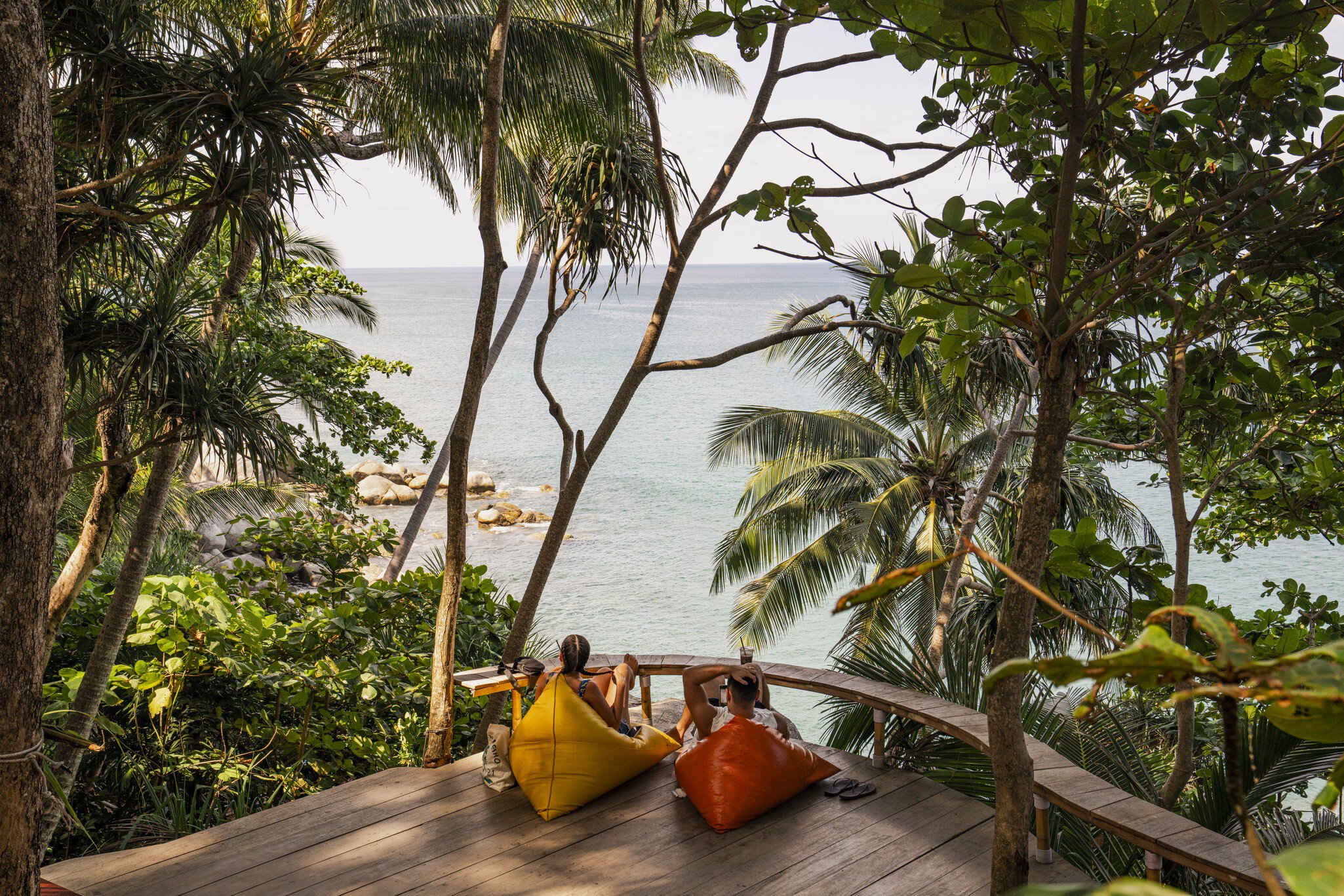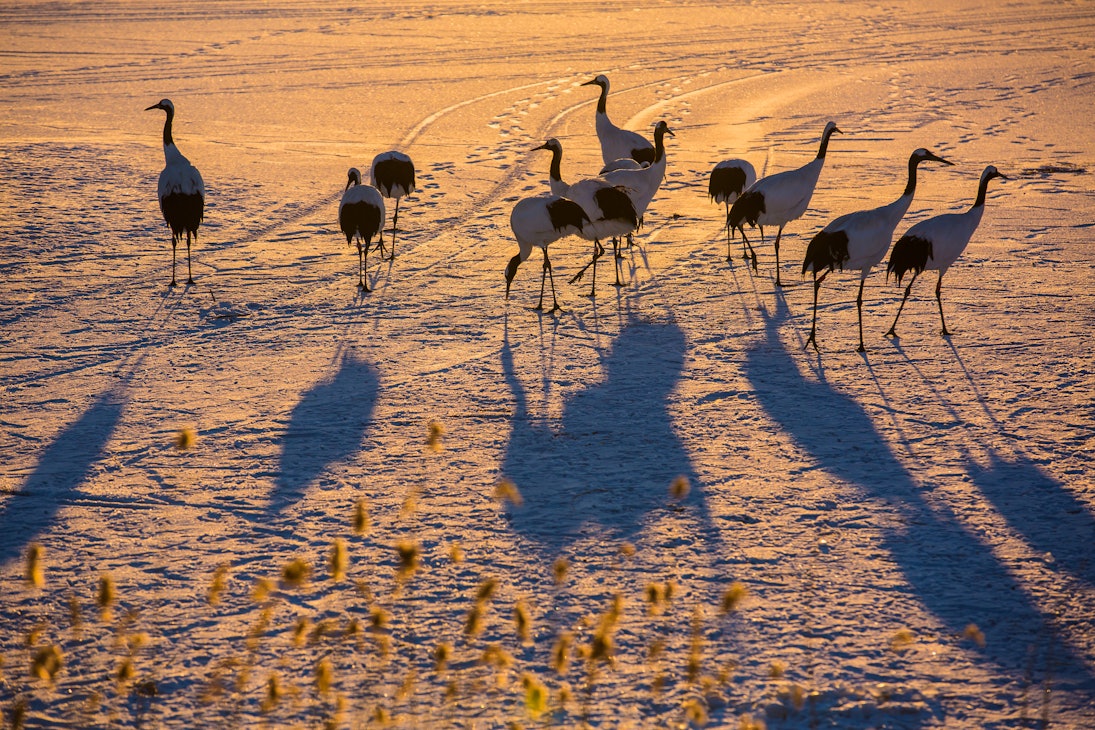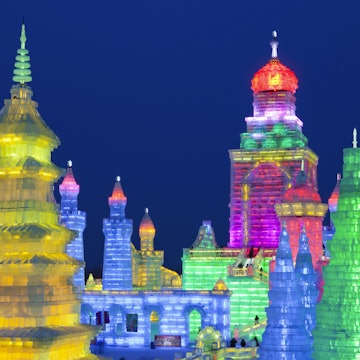
Overview
Unfurling up to Russia in the north, Heilongjiang (黑龙江, Hēilóngjiāng), meaning 'Black Dragon River', is one of China's most beautifully rugged provinces. Forests, lakes and mountains, and the dormant volcanoes of Wudalian Chi beckon well beyond the capital Harbin (Hā’ěrbīn), an architecturally diverse city with a distinctly cosmopolitan feel.
Plan your trip with Guide, an AI travel planner!
Create a personalized trip itinerary in seconds using artificial intelligence.
Must-see attractions
Get a book. Get inspired. Get exploring.
in partnership with getyourguide










